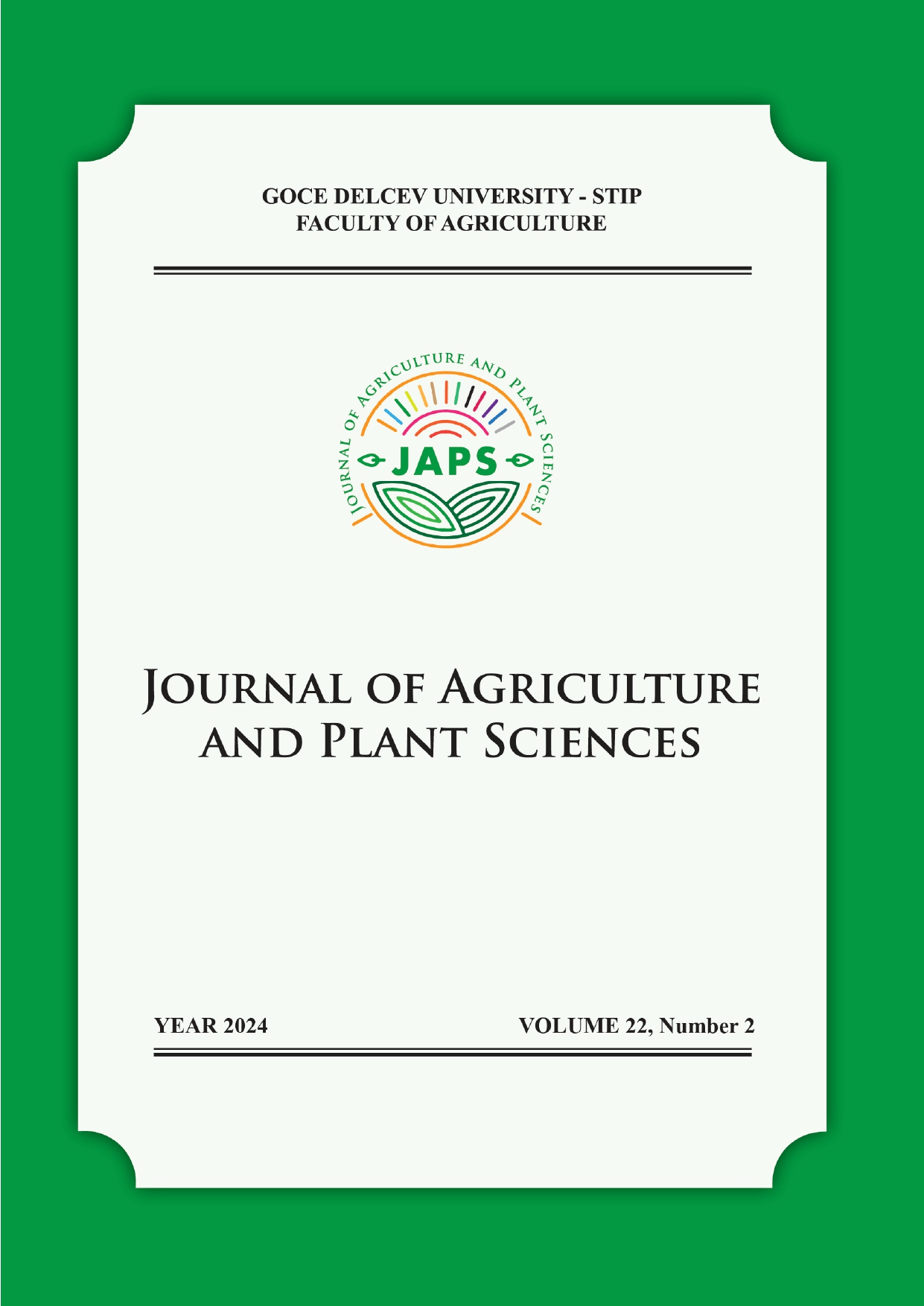INFLUENCE OF VARIETY AND VINTAGE ON THE BASIC PHUSICO-CHEMICAL COMPOSITION OF SMEDEREVKA AND VRANEC WINES
DOI:
https://doi.org/10.46763/JAPS2422287ipAbstract
In this study, Smederevka and Vranec wines from V. vinifera L. cv., the most important and dominant varieties in Macedonia, have been produced in 6 (six) consecutive years applying traditional fermentation methods, in order to study the influence of variety and vintage on the general basic wine quality. The physico-chemical parameters that confirm the basic wine quality have been determined, including alcohol, specific gravity at 20°C, dry extract, reducing sugars, total and volatile acidity, pH, free and total SO2. The results showed that variety significantly affected the chemical composition of wines, presenting higher contents of alcohol, density and dry extract for Vranec wines, while Smederevka wines were richer with total acids and contained higher amount of total SO2. In addition, slight influence of vintage was noticed for both varieties, especially on the alcohol, specific gravity and dry extract contents, for which highest values were noticed in vintage 2017 in Vranec wines, while for Smederevka wines, values were highest in vintage 2020. Principal component analysis showed a clear separation of the wines according to the variety.
Downloads
Published
Issue
Section
License
The intellectual property and copyright on the original content of all scientific contributions in the published paper shall remain with the authors. Authors give permission to the JAPS owner to publish the paper. All authors agree to publish the paper under Attribution-NonCommercial-NoDerivatives 4.0 International license (CC BY-NC-ND 4.0).

